Description
Grekkon Limited’s drip lines for sale in Kenya are available as 0.3mm or 0.4mm thicknesses. Each drip tape thickness has a double emitter spacing of either; 15cm, 20cm or 30cm. Our drip lines are made from high density polyethylene material (HDPE) which has been UV stabilised. The latter treatment ensures they do not degrade quickly under the sun. Our double emitter drip tapes ensure that even if one emitter is blocked by salt precipitates in saline irrigation water, or dirt, the other emitter continues to irrigate. These drip lines allow water and nutrients to go straight to the targeted area, that is the root zone. They enable farmers save on water, nutrients and labour
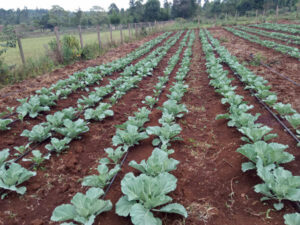
A 2 row drip lines system on a young cabbage crop
Drip Lines For Sale in Kenya
FAQs
1. How much drip do I need for 1 acre?
Your drip length requirement depends on the drop type. Different crops have different drip size requirements over the same unit area
| Crop | Number of Drip Lines per Bed | Drip Emitter Spacing | Drip Length per Acre | |
| 1 | Water melon, Butter nut | 1 | 30cm | 3,000M |
| 2 | Pepper, Capsicums, Tomato, Cabbage | 2 | 20cm | 6,000M |
| 3 | Onion, Garlic, Green beans, Strawberry | 3 | 15cm | 8,000M |
Note that the more closely spaced the crop is, the shorter is the emitter distance, and the more drip tape consumed per acre
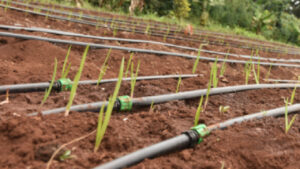
A 3 row drip line system on a growing garlic crop
2. How much pipe size should I use for drip irrigation?
Your pipe diameter size depends on the acreage. For instance, a farmer with 10 acres will use main lines with a diameter from 90mm/ 3″. A farmer with a small kitchen garden will use 3/4″ or 1″ diameter pipes. Your sub-main line pipe diameter will be lessor than that of your main-line. For example; if my main line is 63mm/ 2″, the my sub main line is 50mm/ 1-1/2″ or 40mm/1-1/4″. This allows for better irrigation pressure through the drip lines
3. How much does it cost to install drip irrigation per acre in Kenya?
1 acre drip kit cost in Kenya
| Crop | Number of Drip Lines per Bed | Drip Emitter Spacing | Drip Cost per Acre | |
| 1 | Water melon, Butter nut | 1 | 30cm | Kes 85,000 |
| 2 | Pepper, Capsicum, Tomato, Cabbage | 2 | 20cm | Kes 145,000 |
| 3 | Onion, Garlic, Green beans, Strawberry | 3 | 15cm | Kes 165,000 |
Our drip tape price in Kenya is Kes 8.50/M for 0.3mm thickness, and Kes 9/M for 0.4mm thickness
4. How much is drip tape per acre?
Cost of drip lines in Kenya
| Crop | Drip Length per Acre |
Drip Tape Cost per M |
Drip Line Cost per Acre | |
| 1 | Water melon, Butter nut | 3,000M | Kes 8.5 | Kes 25,500 |
| 2 | Pepper, Capsicums, Tomato, Cabbage | 6,000M | Kes 8.5 | Kes 51,000 |
| 3 | Onion, Garlic, Green beans, Strawberry | 8,000M | Kes 8.5 | Kes 68,000 |
Other factors to consider
- distance from the water source to the drip irrigation system
- size of the main and sub-main lines
- land topography
- water pressure
The cost of drip irrigation per acre depends on the crop type. This because, as seen in the tabulation above, each crop uses a specific amount of drip tape per acre
5. How many drippers can you have on one line?
The number of drippers per line is a factor of;
3.1. Drip emitter spacing. A 40M ling drip line with emitters spaced 20cm apart will have more emitters along it than a similarly long drip line with emitters spaced 30cm apart
3.2. Water pressure. Where water pressure is high- say from a water pump or steep high elevation, your drip lines will emit over longer distances. So, more emitters
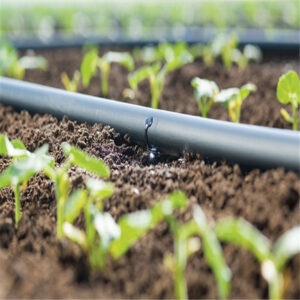
A drip emitter irrigating a vegetable crop
6. How long should your drip line run?
Your drip line length is a factor of;
4.1. Water pressure. Where water pressure is low, your drip lines will run over shorter distances
4.2. Number of emitter per unit length. A 30cm drip line will run longer than a 15cm drip line assuming he same water pressure and volume. This is because it has 50% less emitters, hence lower pressure loss along the line. Pressure loss is as a result of irrigation water being discharged from an emitter
7. How far apart do you put drip irrigation lines?
This is determined by the crop spacing. For instance, a corn field will have it’s drip lines spaced 75cm apart by row. An onion field will have a 30cm drip spacing by row on each bed

A newly installed water melon drip irrigation system
8. How long does drip tape last?
Our UV treatment lasts for 36 months. However, the drip tape will be in use for another 24 to 30 months before it is degraded by the sun. To keep your drip lines working longer, observe the following;
- Install a filter system to trap silts thereby preventing drip blockage
- Regular flushing of the system with plain water or an appropriate acidic solution
- Proper storage when not in use to prevent damage from rats
Our drip lines for sale in Kenya have these advantages
Advantages of drip lines
- Water distribution is uniform as controlled by the nozzles
- There is zero soil erosion
- Water efficiency is enhanced with drip tape
- Weed growth is reduced
- Drip lines allow you to apply water and fertilizer together (fertigation). This saves on labour and time
- Drip lines accommodate fields with irregular shape
- Foliage remains dry thereby reducing disease incidence
- It uses less energy because the system is gravity driven
9. How do you use a drip line?
- Lay your drip line along the crop row
- The emitters do not have to be next to a plant to irrigate effectively
- Open your irrigation water for 15 to 30 minutes depending on your water need
- Check and clean your filter often to ensure smooth water flow to the main lines

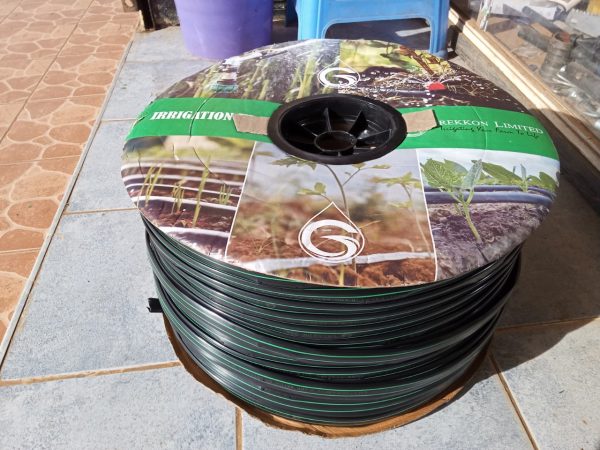

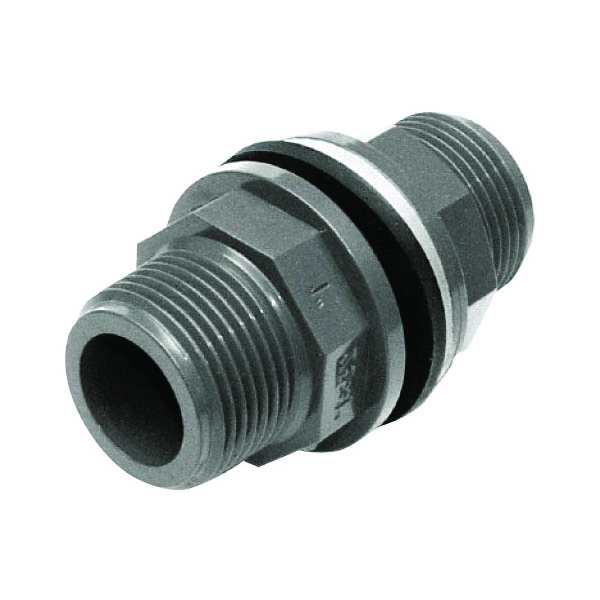
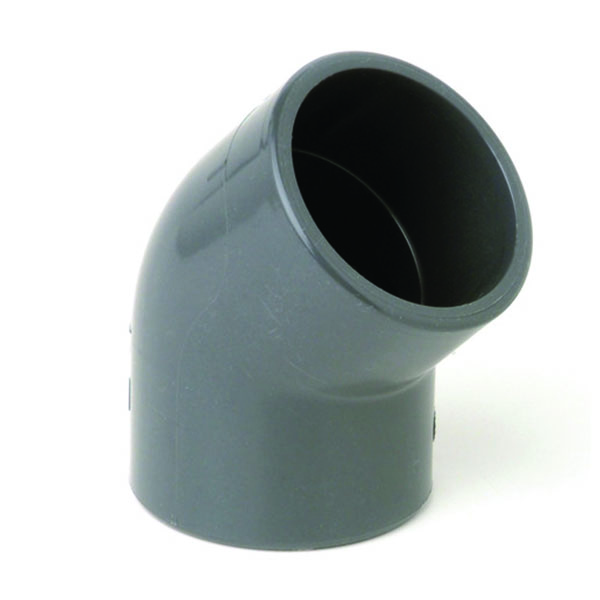

Reviews
There are no reviews yet.